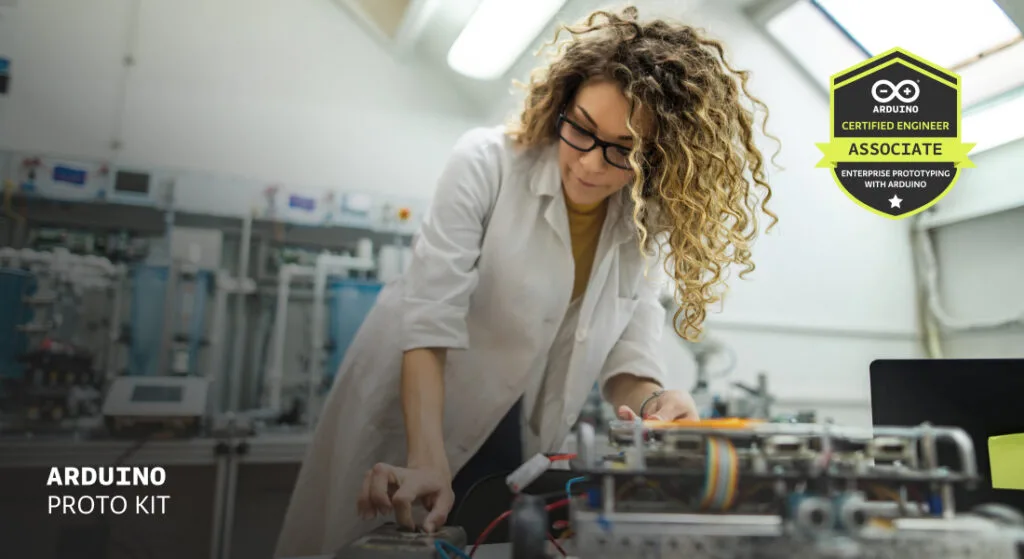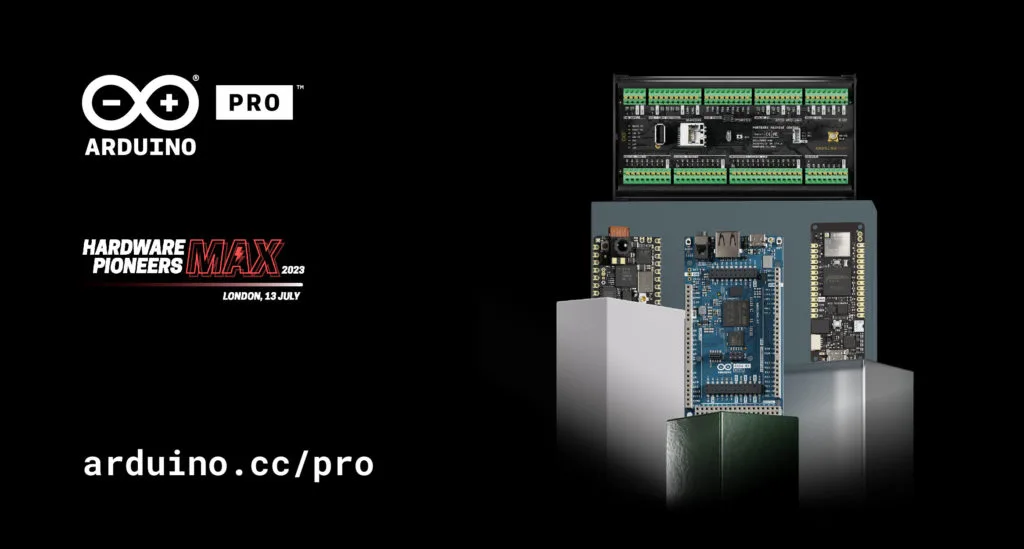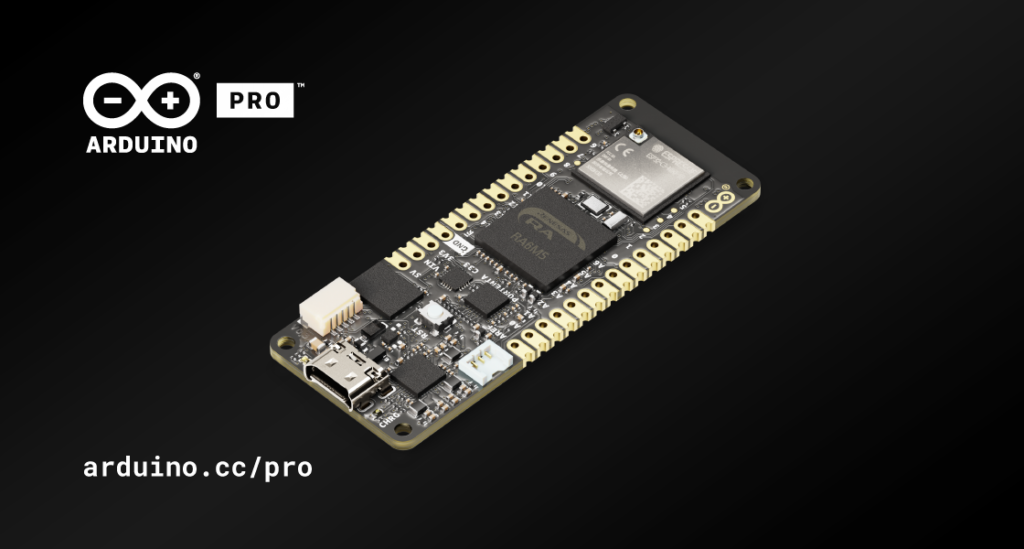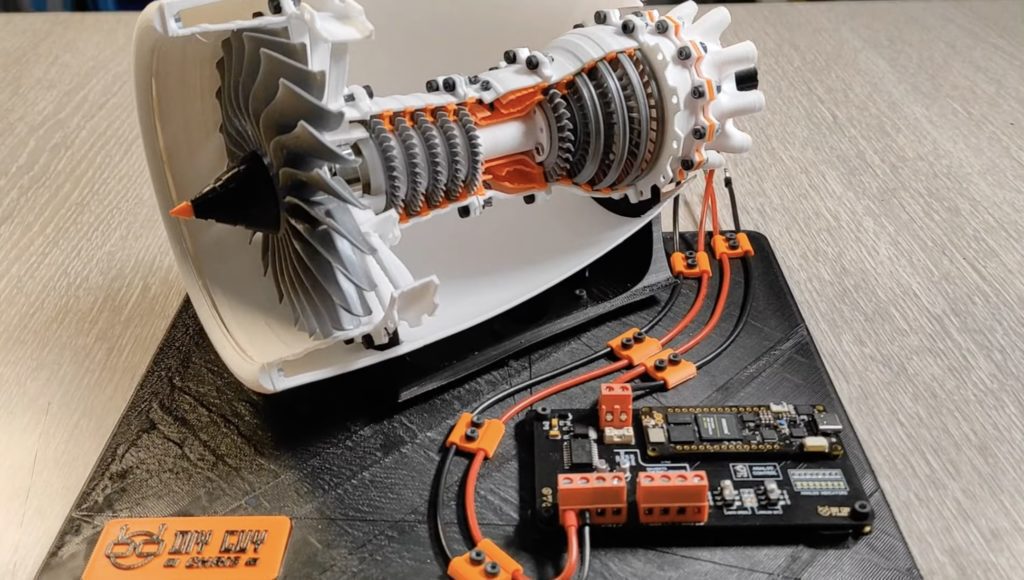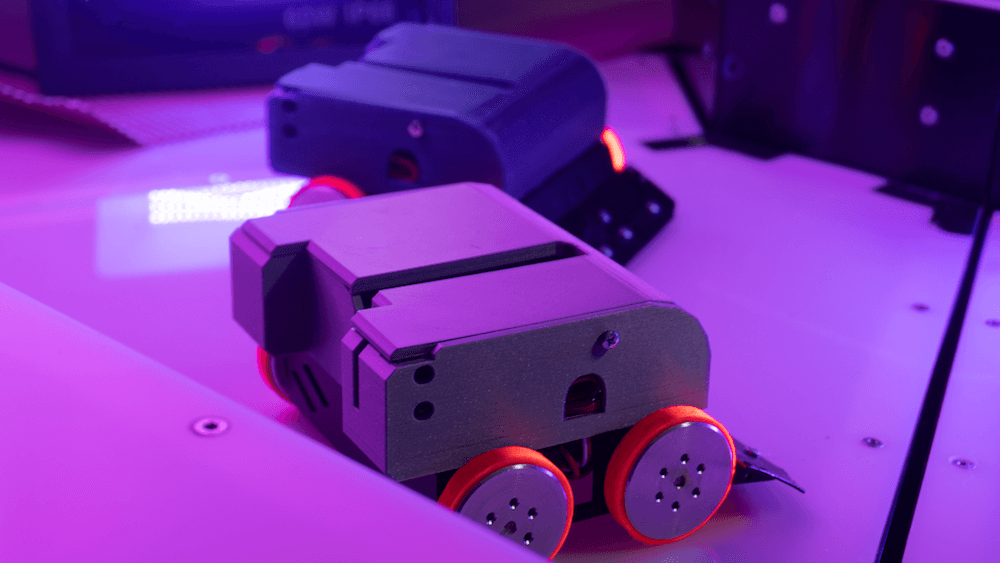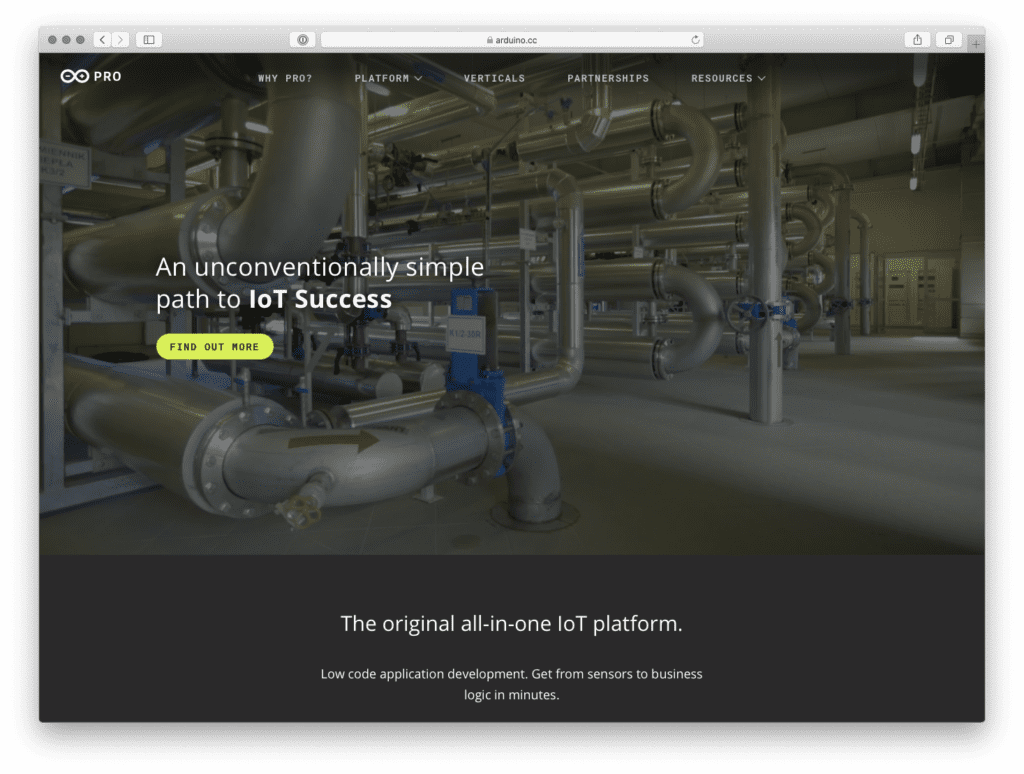Schlagwort: Arduino Pro
-

Prototype faster and smarter in 2025: Meet the Arduino Pro Portenta Proto Kit
Reading Time: 3 minutesLaunching today at CES 2025, the Arduino Pro Portenta Proto Kit is here to revolutionize how professionals approach prototyping. Designed to empower engineers, designers, and innovators from all walks of life, this kit provides everything you need to turn your ideas into functional prototypes quickly, efficiently, and without conventional limitations. Available in…
-

You have 3 ways to meet Massimo Banzi in the UK!
Reading Time: 3 minutesMassimo Banzi and the Arduino Pro team will be crossing the Channel soon for a short tour of Southern England, touching base with long-time partners and meeting many new Arduino fans! On July 11th at 4PM BST, Massimo has been invited to give a Tech Talk at Arm’s headquarters in Cambridge, as…
-

Vineyard pest monitoring with Arduino Pro
Reading Time: 7 minutesThe challenge Pest monitoring is essential for the proper management of any vineyard as it allows for the early detection and management of any potential pest infestations. By regularly monitoring the vineyard, growers can identify pests at early stages and take action to prevent further damage. Monitoring can also provide valuable data…
-

Portenta C33: The high-performance, low-price oxymoron
Reading Time: 2 minutesWhile democratizing professional solutions may seem like an oxymoron, that’s exactly what Arduino Pro is out to achieve. Our business-oriented unit stands at industrial clients’ side with a growing ecosystem of high-performance, reliable, secure products that aim to provide the right solution for every need big and small companies may have, in…
-

Ready for SPS – with a new product unveil!
Reading Time: 2 minutesAre we going to see you in Nuremberg? SPS – smart production solutions, the smart and digital automation fair, is the perfect opportunity to get to know Arduino Pro’s growing catalog of industrial-grade hardware and software solutions. Meet the experts at Booth 5-129 to ask us anything and check out live demos…
-

DIY jet engine powered by a Portenta H7
Reading Time: 2 minutesArduino Team — January 19th, 2022 Projects don’t get much more ambitious than DIY GUY Chris’ Arduino-powered jet engine. We’ve been following the work he’s done building a custom carrier board for the Portanta H7, and now we get to see it in action. Portenta Jet Engine To be honest, just building…
-

DIY jet engine powered by a Portenta H7
Reading Time: 2 minutesArduino Team — January 19th, 2022 Projects don’t get much more ambitious than DIY GUY Chris’ Arduino-powered jet engine. We’ve been following the work he’s done building a custom carrier board for the Portanta H7, and now we get to see it in action. Portenta Jet Engine To be honest, just building…
-

DIY jet engine powered by a Portenta H7
Reading Time: 2 minutesArduino Team — January 19th, 2022 Projects don’t get much more ambitious than DIY GUY Chris’ Arduino-powered jet engine. We’ve been following the work he’s done building a custom carrier board for the Portanta H7, and now we get to see it in action. Portenta Jet Engine To be honest, just building…
-

DIY jet engine powered by a Portenta H7
Reading Time: 2 minutesArduino Team — January 19th, 2022 Projects don’t get much more ambitious than DIY GUY Chris’ Arduino-powered jet engine. We’ve been following the work he’s done building a custom carrier board for the Portanta H7, and now we get to see it in action. Portenta Jet Engine To be honest, just building…
-

Creating an online robot fighting game using Arduino MKR1000 WiFi
Reading Time: 7 minutesThis is a guest post from Surrogate, a team of developers building games that people play in real-life over the internet. We introduced this concept last year, and have launched three games so far. Our final game of 2019 was SumoBots Battle Royale — where players from anywhere in the world can…
-

Arduino goes PRO at CES 2020
Reading Time: 2 minutesArduino goes PRO at CES 2020 Arduino Team — January 7th, 2020 We’re kicking off this year’s CES with some big news. Millions of users and thousands of companies across the world already use Arduino as an innovation platform, which is why we have drawn on this experience to enable enterprises to…
